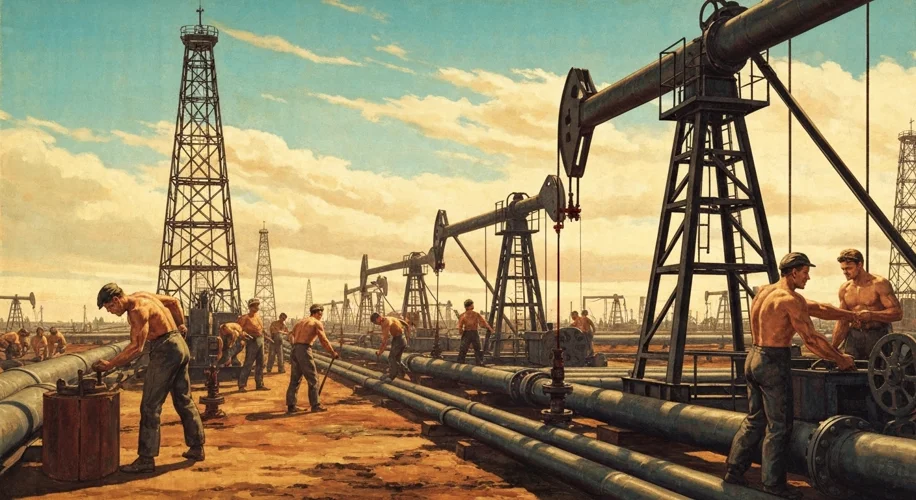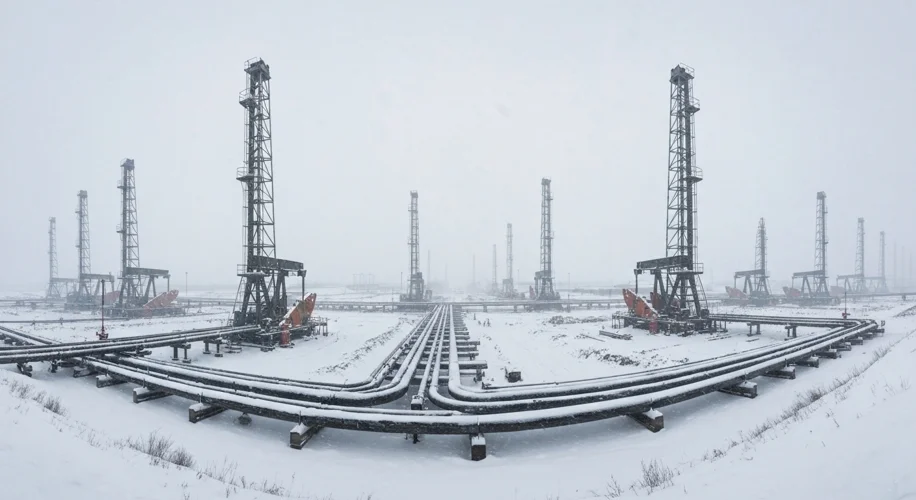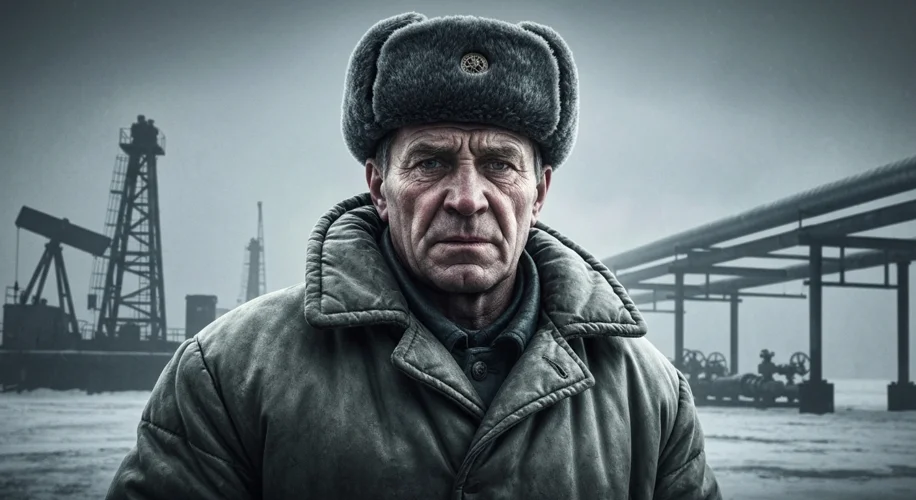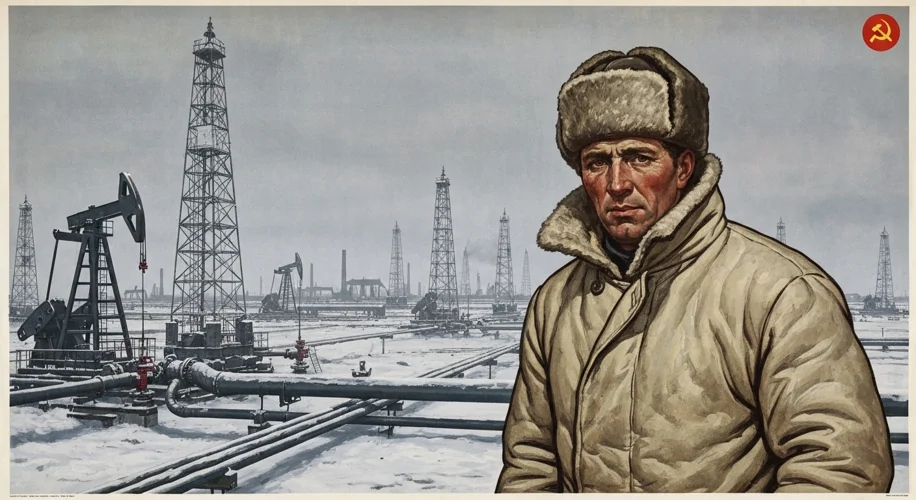The Soviet Union, a colossal entity that loomed large on the 20th-century geopolitical stage, was built not just on ideology and iron, but on something far more fluid and volatile: oil. The story of the Soviet oil industry is a saga of ambition, technological struggle, immense wealth, and profound vulnerability. It’s a narrative woven into the very fabric of the nation’s rise, its industrial might, and its dramatic confrontation with the West.
From the Tsar’s era, Baku, nestled on the Caspian Sea, was already a world-renowned oil hub, producing a significant portion of the global supply. But under Soviet rule, oil took on a new, critical importance. It wasn’t just a commodity; it was the lifeblood of a centrally planned economy striving to industrialize at breakneck speed, to arm itself for inevitable conflict, and to project its power across the globe. Lenin himself declared that “Communism is Soviet power plus the electrification of the whole country,” but that electrification, and the tanks, tractors, and submarines that followed, all depended on a steady, prodigious flow of oil.

The journey was far from smooth. The early Soviet Union inherited a legacy of foreign exploitation and a lack of advanced domestic technology. The 1920s and 30s saw frantic efforts to modernize and expand production. American engineers and experts, lured by lucrative contracts, played a crucial role in this technological transfer, ironically helping to build the very industrial base that would eventually rival their own. Yet, even as production surged, the industry remained prone to inefficiencies and the vagaries of Soviet planning. The pursuit of quotas often overshadowed concerns for safety and sustainability, leading to devastating fires and environmental damage.
As World War II erupted, the Soviet oil fields, particularly those in the Caucasus, became prime targets. The German advance in 1942 aimed to seize Baku’s oil, a strategic objective that, had it succeeded, could have crippled the Soviet war effort. The frantic evacuation and destruction of oil infrastructure before the enemy could capture them stand as testament to the industry’s vital role. The eventual Soviet victory, however, was in part fueled by its tenacious grip on its oil resources, a testament to the resilience of its workers and the strategic brilliance of its defense.
Post-war, the Soviet Union’s oil production entered a new golden age. Discoveries in Western Siberia in the 1960s, particularly the massive Samotlor field, transformed the nation into one of the world’s leading oil producers, often rivaling or surpassing the United States. This newfound wealth, the “black gold,” became the bedrock of the Soviet economy. It funded massive infrastructure projects, supported a sprawling military-industrial complex, and provided the hard currency needed to import essential goods and technologies. The Kremlin skillfully leveraged its oil exports, using them as a powerful tool in its geopolitical arsenal, particularly during the oil crises of the 1970s when soaring prices bolstered Soviet coffers and amplified its global influence.

However, this reliance on oil also sowed the seeds of future vulnerability. The Soviet economy became overly dependent on fluctuating global oil prices, making it susceptible to external shocks. When oil prices plummeted in the 1980s, the effect on the Soviet Union was devastating, exacerbating existing economic woes and contributing to the growing discontent that would eventually lead to its collapse.
Furthermore, the immense scale of the Soviet oil industry brought its own set of dramatic challenges. The harsh Siberian environment demanded incredible resilience and innovation from its workers. Building pipelines across permafrost, extracting oil in sub-zero temperatures, and managing colossal reserves required engineering feats that pushed the boundaries of what was thought possible. Stories abound of workers enduring extreme conditions, of daring engineering solutions, and of the sheer human effort poured into keeping the pumps running.

The Soviet oil industry, therefore, is more than just a chapter in economic history. It is a compelling drama of human endeavor against formidable odds, a critical factor in the global power struggles of the 20th century, and a stark reminder of how the wealth derived from the earth can both build and break empires. Its legacy continues to shape energy markets and geopolitical dynamics even today, a testament to the enduring power of black gold.

